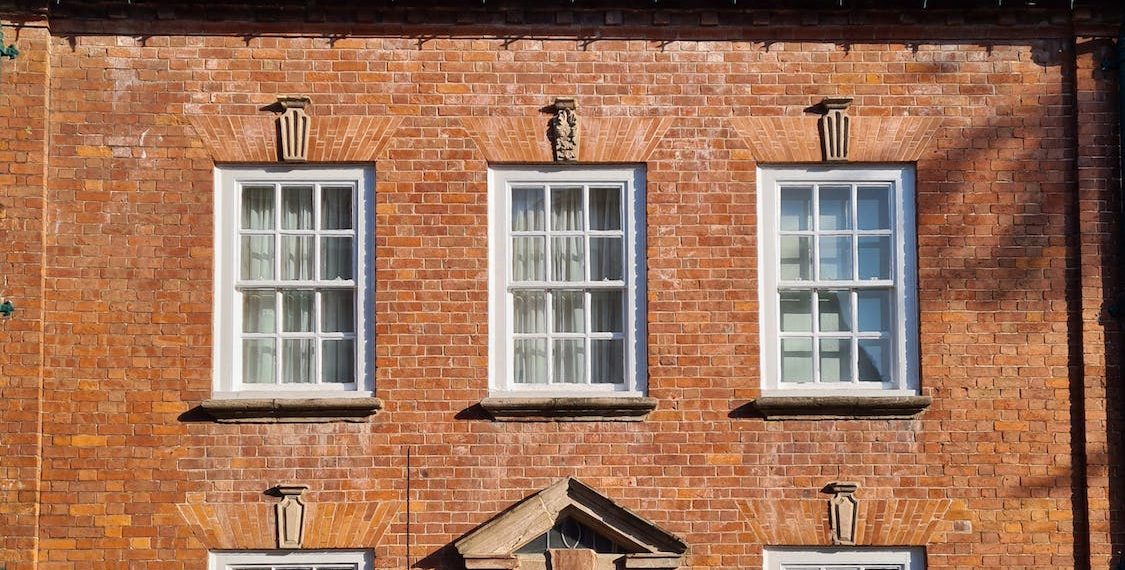Understanding Secondary Glazing Sash Windows
What Are Secondary Glazing Sash Windows?
Secondary glazing sash windows are an additional layer of glazing installed on the inside of existing sash windows. They are designed to improve thermal insulation, reduce noise pollution, and enhance security. The secondary glazing sash windows consist of a frame, glass panel, and seals that fit snugly inside the existing window frame.
Sash windows with secondary glass are a common option for heritage buildings, listed structures, and conservation zones where the installation of double glazing is prohibited. They are also a more reasonable option than buying brand-new double-glazed windows to replace outdated ones.
How Do Secondary Glazing Sash Windows Work?
Sash windows with secondary glazing operate by forming an insulating air space between the primary window and the secondary glazing panel. Heat loss and noise intrusion are both prevented by this air gap, which also serves as a barrier. Additionally, the space lessens draughts and humidity.
Magnetic strips, clips, and hinges are only a few of the attaching techniques used to assemble the secondary glazing sash windows. The frames may be found in a variety of materials, including as wood, aluminium, and uPVC, to match the window frame already in place.
Sash windows with secondary glazing are a practical solution to increase a building’s thermal performance and save energy costs. They are a great option for homes close to busy highways since they may also minimise noise pollution.
In conclusion, according refurbish windows service secondary glazing sash windows are a cost-effective solution to improve the insulation and security of existing sash windows. They are a popular choice for listed buildings and conservation areas where the installation of double glazing is not allowed.
Making the Decision: Is It Worth It?
Secondary glazing sash windows can provide numerous benefits to a property, but is it worth the investment? When considering whether to install secondary glazing sash windows, there are several factors to take into account.
First and foremost, it’s crucial to think about how the present windows are currently functioning. Secondary glazing might not be required if the windows are in excellent shape and offer sufficient insulation. Secondary glazing, on the other hand, may greatly increase energy efficiency and lower heating expenses if the windows are old or draughty.
The property’s location is another thing to think about. Secondary glazing can offer good noise reduction if the building is situated in a noisy environment, such as next to a major road or airport. The residents of the property may enjoy a significantly higher standard of living as a result.
Additional security may be offered by secondary glazing in addition to energy savings and noise reduction. The additional glass layer may make it more challenging.
Overall, the decision to install secondary glazing sash windows will depend on the specific needs of the property and its occupants. While it may require an initial investment, the benefits of improved energy efficiency, noise reduction, and security can make it a worthwhile investment in the long run.
Frequently Asked Questions
What are the benefits of secondary glazing for sash windows?
Secondary glazing can provide several benefits for sash windows, including improved thermal insulation, reduced noise levels, and enhanced security. It can also help to preserve the original appearance of the windows while providing additional functionality.
How does secondary glazing compare to double glazing for sash windows?
While double glazing is a popular choice for improving the energy efficiency of windows, secondary glazing can be a more cost-effective option for sash windows. Secondary glazing can also provide superior noise reduction and can be installed without altering the original window frames.
Is it worth investing in secondary glazing for noise reduction in sash windows?
If noise reduction is a priority, secondary glazing can be a highly effective solution. It can reduce noise levels by up to 80%, making it an attractive option for those living in noisy or busy areas.
What are the potential drawbacks of installing secondary glazing in sash windows?
One potential drawback of secondary glazing is that it can reduce the amount of natural light that enters the room. It can also make it more difficult to clean the windows and may alter the appearance of the original frames.
Are there affordable options for secondary glazing suppliers for sash windows?
Yes, there are several affordable options available for secondary glazing suppliers. It is important to research and compare different suppliers to find the best option for your specific needs and budget.
Can secondary glazing add value to a property with sash windows?
Secondary glazing can add value to a property by improving its energy efficiency, reducing noise levels, and enhancing security. It can also help to preserve the original appearance of the sash windows, which can be an attractive feature for potential buyers.







